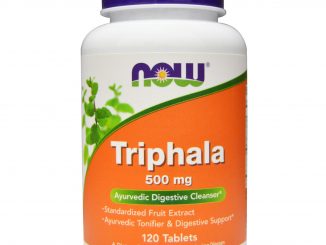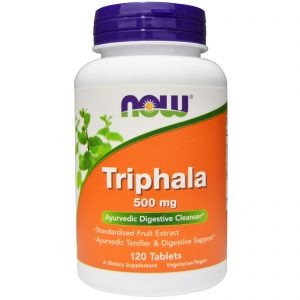The properties of Tannic Acid
Tannic acid is a specific form of tannin, a type of polyphenol. Its weak acidity (pKa around 6) is due to the numerous phenol groups in the structure. Commercial tannic acid is usually extracted from any of the following plant parts: Tara pods (Caesalpinia spinosa), gallnuts from Rhus semialata or Quercus infectoria or Sicilian Sumac leaves (Rhus coriaria).
In conjunction with magnesium and sometimes activated charcoal, tannic acid was once used as a treatment for many toxic substances, such as strychnine, mushroom, and ptomaine poisonings in the late 19th and early 20th centuries.
The introduction of tannic acid treatment of severe burn injuries in the 1920s significantly reduced mortality rates. During World War I, tannic acid dressings were prescribed to treat “burns, whether caused by incendiary bombs, mustard gas, or lewisite. After the war this use was abandoned due to the development of more modern treatment regimens.
Tannic acid is still used in pharmaceutical applications to produce albumin tannate which is used as an antidiarrheal agent. Tannic acid is also used to produce tannate salts of certain antihistamine and antitussive products to impart increased stability or slow release properties to the active pharmaceutical ingredient. Further to this, tannic acid is the principle but perhaps minimally effective ingredient in antiallergen sprays.
Tannins have also been reported to exert many physiological effects, such as to accelerate blood clotting, reduce blood pressure, decrease the serum lipid level, produce liver necrosis, and modulate immunoresponses.



























































